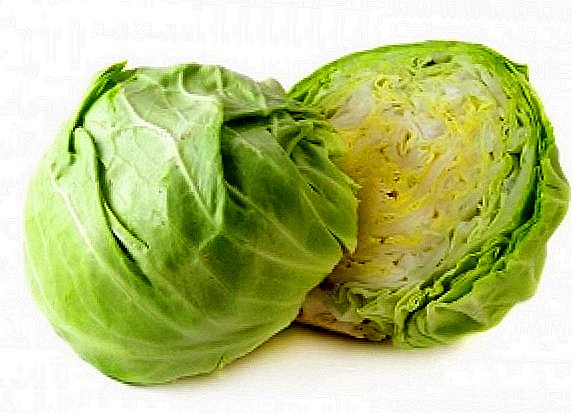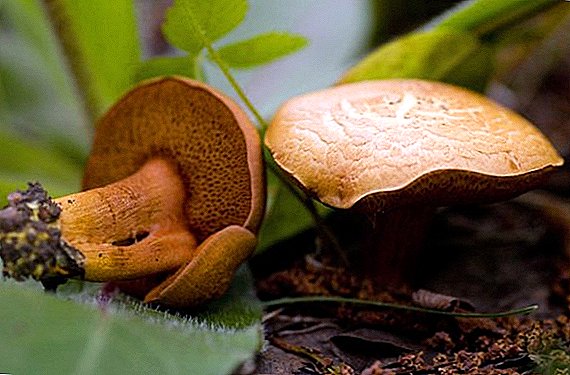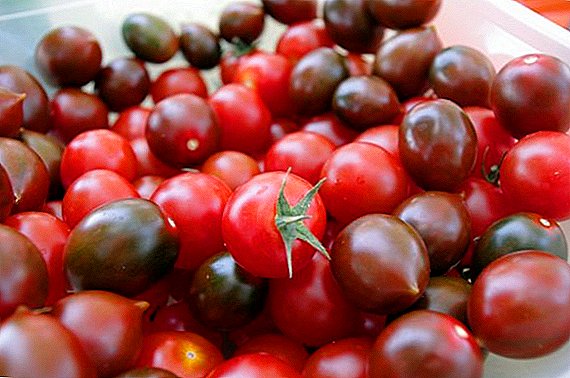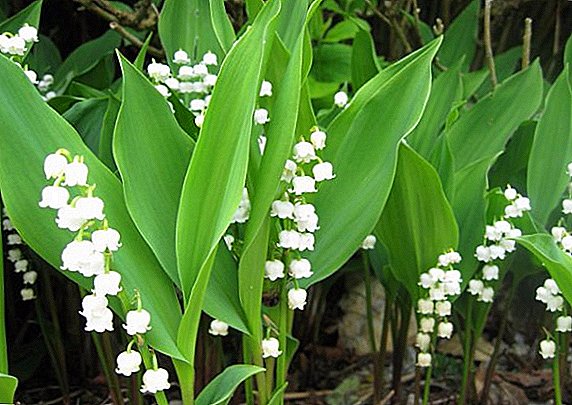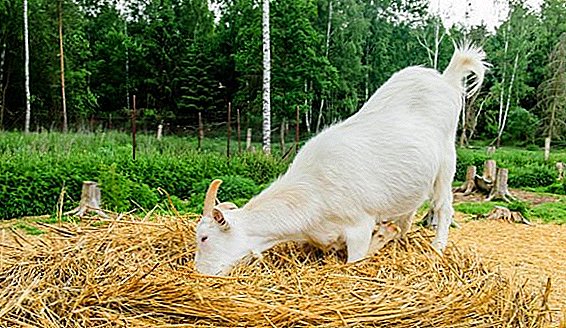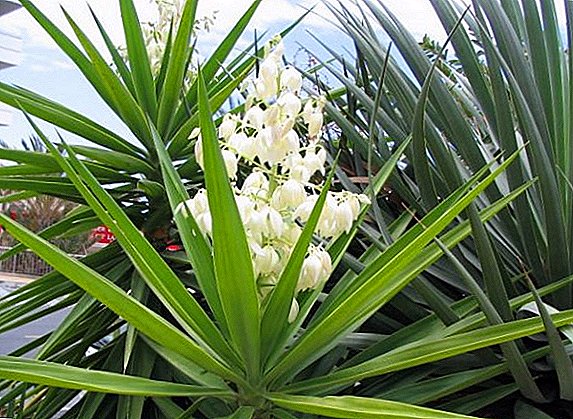 A perennial evergreen shrub with blue-green wits growing from a wall outlet is often found in our flower beds. This is a yucca garden or filamentous. Much attention is attracted by unusual threads hanging along the edges of the leaves, and a huge inflorescence in the form of a panicle with yellowish-white bells. Homeland plants is the United States, but it is well adapted to the European territory.
A perennial evergreen shrub with blue-green wits growing from a wall outlet is often found in our flower beds. This is a yucca garden or filamentous. Much attention is attracted by unusual threads hanging along the edges of the leaves, and a huge inflorescence in the form of a panicle with yellowish-white bells. Homeland plants is the United States, but it is well adapted to the European territory.
All the details of planting yucca garden
Consider how to plant a yucca. An important role in this process has the correct selection of a place for landing. The plant prefers dry, sandy soil or rocky terrain. Refers to unpretentious and hardy.
Important! When choosing a place for planting, note that the yucca does not like shade and places with overmoistened soil.
 If there is a plot with a constant sun on your flower bed, then this is exactly the place. On a plot with dense chernozem or clay it is necessary to add sand to the roots so that they are well ventilated. Also do not forget about the drainage, then the water will not linger. If the soil is not very fertile, then before temkak planting yucca, you must make in the hole humus.
If there is a plot with a constant sun on your flower bed, then this is exactly the place. On a plot with dense chernozem or clay it is necessary to add sand to the roots so that they are well ventilated. Also do not forget about the drainage, then the water will not linger. If the soil is not very fertile, then before temkak planting yucca, you must make in the hole humus.
Important! Yucca blooms at the age of 3-4 years. Decorative inflorescence lasts about a month. Peduncle height-more than a meter.
How to care for yucca in the garden
Although the plant belongs to the unpretentious, but you need to know the features of care for him. Care for yucca includes proper watering and fertilizing, as well as the removal of dried foliage and peduncles. Watering is carried out rarely, trying not to fill the center of the outlet. This will prevent crown decay. It is also necessary to regularly loosen the soil under the plant and remove weeds. This will allow the roots to breathe, and the lower leaves of the bush do not rot.
Yucca can be fed in the spring, before flowering or after flowering. To do this, you need to know how to feed the yucca garden spring. If you want to support the plant during flowering, then use complex fertilizers. Nitrogen-based fertilizers will help the plant to accelerate growth. You should not fertilize the bush in late autumn, because it needs to rest and prepare for winter.
 Plant care also provides for the timely removal of faded flower stalks and dry leaves. Since the plant is very prickly, pruning should be done with gloves.
Plant care also provides for the timely removal of faded flower stalks and dry leaves. Since the plant is very prickly, pruning should be done with gloves.
Wintering yucca garden
 Yucca garden can withstand temperatures up to 10 degrees, but in the winter it is better to cover it from frost. Properly shelter a yucca for the winter using a simple box the size of an adult plant. Before sheltering the leaves of yucca collected up and tied. Then cover with a box and sprinkle with foliage. Remove the frame with the onset of positive temperatures. But to delay this process is not recommended, because mold can form under the box.
Yucca garden can withstand temperatures up to 10 degrees, but in the winter it is better to cover it from frost. Properly shelter a yucca for the winter using a simple box the size of an adult plant. Before sheltering the leaves of yucca collected up and tied. Then cover with a box and sprinkle with foliage. Remove the frame with the onset of positive temperatures. But to delay this process is not recommended, because mold can form under the box.
If the terrestrial part of the plant dies as a result of severe frosts, in the spring it must be cut off and the plant watered. It is very likely that the garden yucca will resume growth from dormant buds of the root. The rhizome is deep, persistent, so the frost is almost impossible to.
How Yucca garden breeds
It is better to replant a yucca garden in the spring.
Did you know? Pollination of flowers of yucca filamentous is carried out by females of night butterflies, because the flowers open at night. They collect pollen by flying to another flower, laying eggs and closing them with a ball of pollen. The plant is pollinated, and the caterpillars feed on a small part of the young seed. The symbiosis of yucca and moths is explained by the fact that the plant in European gardens does not bear fruit, since there is no such type of butterflies here.
Yucca garden can be propagated in several ways:
- Seeds. For reproduction of yucca with the help of seeds, it is imperative to carry out the pollination of flowers.
 By planting the daughter rosettes that form near the main plant. Consider how to seed yucca filamentous. Child outlets are easily separated. When replanting a shrub, it is necessary to preserve as much of the root system of a given plant as possible and not to dry it out, and dry and sprinkle the cut areas with cinnamon or crushed coal. The transplanted plant is not fed for about a month.
By planting the daughter rosettes that form near the main plant. Consider how to seed yucca filamentous. Child outlets are easily separated. When replanting a shrub, it is necessary to preserve as much of the root system of a given plant as possible and not to dry it out, and dry and sprinkle the cut areas with cinnamon or crushed coal. The transplanted plant is not fed for about a month.- Root cuttings. To do this, use root cuttings 5-10 cm long. They are treated with coal and planted in a greenhouse in peat soil. From the sleeping buds grow new sockets.
- Trimming. It is carried out in the spring. Trimming the growth point, stimulates the development of dormant buds, and the plant produces several outlets. Using pruning, they also rejuvenate the plant and save it by rotting. Cutting is carried out with a sharp knife.
How to use yucca in landscape design
Yucca garden is widely used in landscape design. It is valued not only for exotic flowers, but also for the delicate leaves of a bluish-green color. Often it is used to create alpine slides. It is important to know that the plant can be planted both in groups and singly, but at the same time remember that it needs a lot of space. An overgrown yucca can occupy about a meter of territory. Along with her planted sun-drought and drought-resistant plants. For example, daylily, irises, gelenium, coreopsis, liatris, sage, etc. Due to the prickly foliage, the plant is not recommended to be planted as a curb. 
Did you know? In the US, yucca filament fibers are added to the production of denim, rope, and paper. Fibers give the material strength and resistance to wear.
Yucca in one place can grow more than 10 years. She has a friendly character and a bright appearance, so in a flowerbed she is most suitable for a central place.


 By planting the daughter rosettes that form near the main plant. Consider how to seed yucca filamentous. Child outlets are easily separated. When replanting a shrub, it is necessary to preserve as much of the root system of a given plant as possible and not to dry it out, and dry and sprinkle the cut areas with cinnamon or crushed coal. The transplanted plant is not fed for about a month.
By planting the daughter rosettes that form near the main plant. Consider how to seed yucca filamentous. Child outlets are easily separated. When replanting a shrub, it is necessary to preserve as much of the root system of a given plant as possible and not to dry it out, and dry and sprinkle the cut areas with cinnamon or crushed coal. The transplanted plant is not fed for about a month.